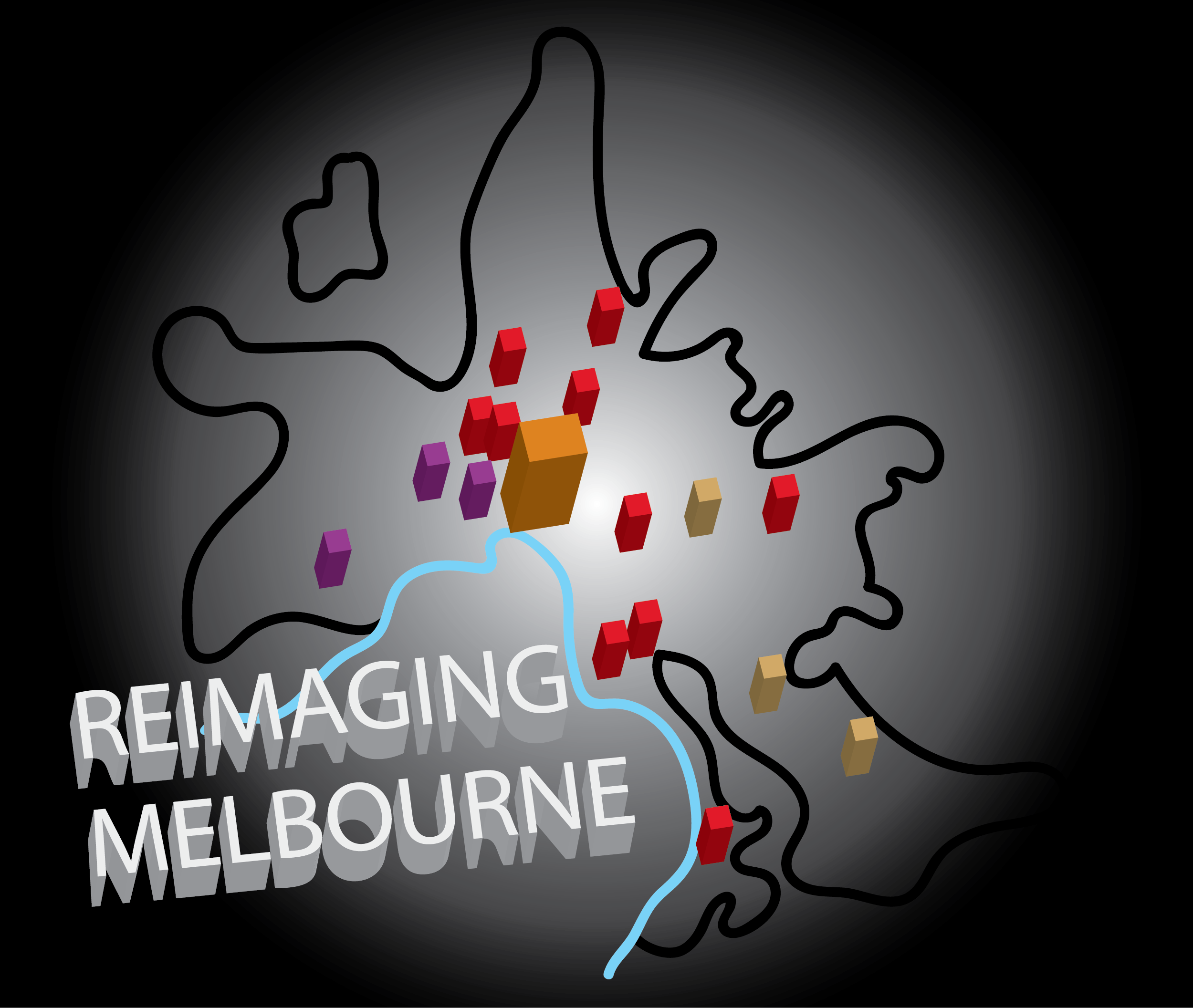Going Urban: Reimagining Melbourne

800,000 new homes over the next decade; 70% to go into established areas; that is, one new home for every 5 existing. Density increases will be felt throughout, no one will be untouched. Our government is working on a range of initiatives to “reimagine the future of our cities, suburbs, towns and regions”.
Major activity centres are where most intensive development will occur, while neighbourhood centres and most residential zones will also experience some increased density. Housing for population growth, reducing outer suburban sprawl, creating affordable and social housing in places where people want to live, close to jobs and services, are the goals.
Planning reform
Planning reforms will be used to stimulate development, particularly for large projects that meet set criteria, such as height limits. Reforms include streamlining the planning process to enable faster decision making, provide clearer pathways and timelines for permits and clear the existing permit backlog. Other reforms include set design guidelines and reducing the ability for objections.
Activity centres
60,000 new high and medium density homes are earmarked for 10 existing activity centres, located in Melbourne’s middle and outer suburbs, to be completed by 2051. Draft height limits allow up to 20 storeys for some strategic sites, 12 storeys in most centres and 6 storeys in the catchment areas.
20-minute neighbourhoods
Neighbourhood activity centres will be developed to support local living. There will be increased density, with a range of housing types. Shops, hospitality, work, study, child care, schools, community hubs, public spaces, sports and recreation facilities will all be within a 20-minute walk, about 800m there and back.
Other government housing initiatives
- Increasing densities in areas that are within 800m of a station or activity centre,
- Increasing opportunities for new homes in Melbourne’s established inner and middle suburbs,
- Providing template apartment designs that make planning permits quicker and easier to obtain,
- Making it easier to build a small second home, up to 60 sq m, on an existing allotment,
- Encouraging the conversion of old commercial buildings for residential use,
- Re-allocating government land.
Melbourne’s current housing profile
Melbourne’s current housing stock comprises around 70% detached houses, 17% medium-density town houses, terrace houses and low-rise and 11% high-density. Most high-density development is concentrated in the city centre, with low-density and suburban sprawl radiating outward from the centre for up to around 45km in some parts.
Conclusion
Change is likely to impact most of Melbourne’s population in some way. Success will require strong engagement with the community, particularly with those affected. High quality planning and design will be essential.
6/8/24